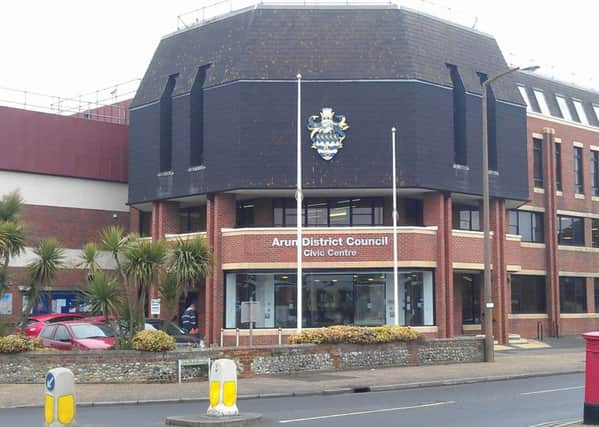Residents take on developers in key housing debate


The latest public examination of the district’s local plan focused on how many houses should be built each year up unitl 2031.
Residents have proposed figures which will result in thousands fewer homes being built than developers believe is necessary, reducing the expected impact on their villages.
Advertisement
Hide AdAdvertisement
Hide AdA government inspector will rule on the number, based on a range of statistics, later this year.
Eastergate resident Gordon Bell said: “For a planner to be able to use a prediction it should be a forecast and should come with error probabilities.
“If he’s planning how many party bags to buy for his daughter’s birthday party, he buys too many. But if he’s planning houses he errs on the side of caution.”
The local plan – a document which sets out the district’s future in terms of housebuilding and employment – must set a yearly housebuilding target.
Advertisement
Hide AdAdvertisement
Hide AdThis is known as ‘objectively assessed needs’ (OAN). Once an OAN is set, based on demographic forecasts like population growth, sites suitable for development are identified to meet the need.
The number can be revised up or down, depending on factors such as availability of land.
Thursday’s debate, chaired by government inspector Roy Foster, saw both sides use various statistics to argue the case for different targets.
These ranged from Mr Bell’s 365 homes per year, to planning consultancy Barton Willmore’s up to 982 homes per year figure.
Advertisement
Hide AdAdvertisement
Hide AdOver the plan period, covering 2011 to 2031, the difference between the two amounts to more than 12,000 homes.
Mr Bell argued projections used contained ‘substantial errors’, owing to the difficulty of predicting factors like migration.
He pointed to various examples, including how the Office for National Statistics had previously over-recorded migration into Arun between 2001 and 2011 by around 400 people per year.
He said models used by consultants partially included inflated migration figures, meaning projections were too high.
Advertisement
Hide AdAdvertisement
Hide AdBarton Willmore’s figure, however, argued government data and economic factors called for a higher target, while shortfalls in neighbouring authorities had not been taken into account.
James Stevens, of the Home Builders Federation, noted how the local plan aimed to increase the number of young families moving to Arun, rather than retirees.
He argued numbers should be higher to avoid a constrained housing supply, which would drive up house prices and price first-time buyers out of the market.
Arun District Council upped its OAN from 580 to 641 homes per annum in June last year.
Advertisement
Hide AdAdvertisement
Hide AdBut following a lost planning appeal and studies by GL Hearn, the actual OAN was indicated to be 758 homes per year.
As plans must use the full OAN as a starting point, Mr Foster recommended the plan process be suspended for up to 18 months.
In that time, Arun must commission further work to assess the 758 homes figure.
Thursday’s hearing was held after a public consultation inviting comments on the figure.
Advertisement
Hide AdAdvertisement
Hide AdDevelopers – and consultancies representing them – all argued for figures higher than 758 homes per year. Arun has expressed doubts over whether developers can deliver the lofty targets.
The Government has advised authorities to have local plans in place by 2017, or face potential intervention.